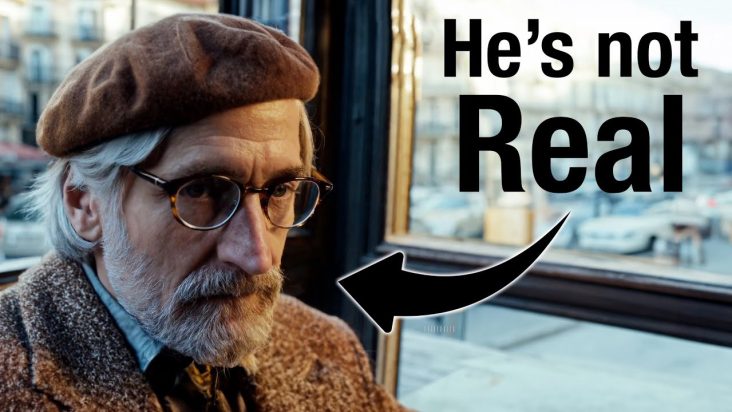OpenAI has made waves once again with its latest innovation: Sora, a cutting-edge text-to-video AI model. Designed to transform textual prompts into intricate visual scenes, Sora represents a significant leap forward in artificial intelligence technology. In this article, we’ll delve into the capabilities of Sora, its potential applications, and the implications of its introduction.
Capabilities of Sora
Sora boasts impressive capabilities, allowing it to generate complex scenes with multiple characters, specific motions, and detailed backgrounds based solely on textual input. OpenAI’s blog post highlights Sora’s ability to understand physical objects, interpret props, and create characters that convey vibrant emotions. These features enable Sora to produce photorealistic videos of up to a minute in length, opening up new possibilities in content creation.
Comparison with Previous Models
While text-to-image generators like Midjourney once dominated the landscape, recent advancements have seen a shift towards text-to-video models. Companies like Runway and Pika have showcased their own impressive offerings, signaling a growing interest in this technology. Lumiere, Google’s entry into the field, stands as a formidable competitor to Sora, promising users similar text-to-video tools and capabilities.


